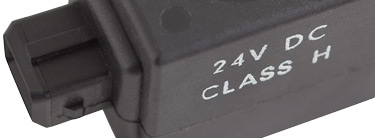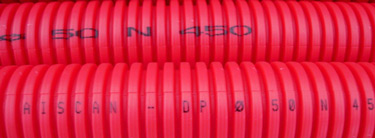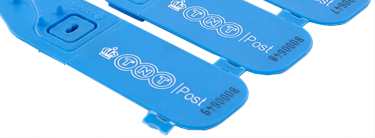Hard plastics
Properties of hard plastics
Synthetic products are very diverse in form and composition. The most suitable coding technique for these products therefore depends greatly on the application involved. Hard synthetics have smooth non-porous surfaces that do not absorb liquids. As a result, the use of non-porous inks such as solvent-based or wax-based inks will be required. Thermal transfer or UV-curable ink can also be used. Finally, the production method of the synthetic material (e.g. injection molding vs. extrusion) is the second determining factor for selecting the best suited coding technique.
Suitable coding techniques for hard synthetics
Virtually all non-porous coding techniques are suitable for coding hard synthetics; the application thus directs the coding technique. If clear and scratch-resistant printing is required, Hotprint is the best option by far. For printing variable coding and/or barcodes, Hi-Res Inkjet is best suited, in combination with solvent based or UV curable inks. Finally, Hot Solid Inks are best suited for small prints and high speed coding on synthetics.



